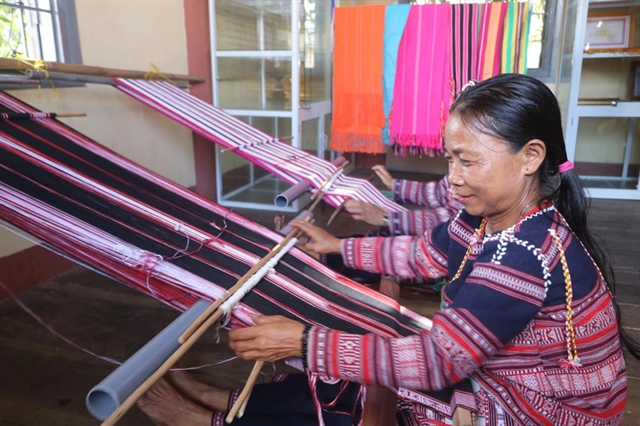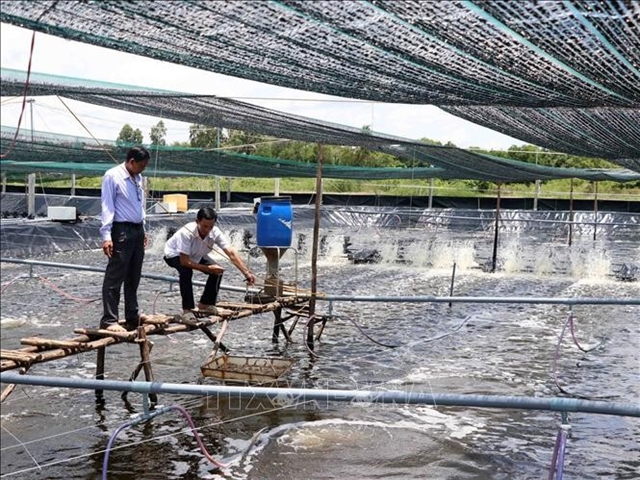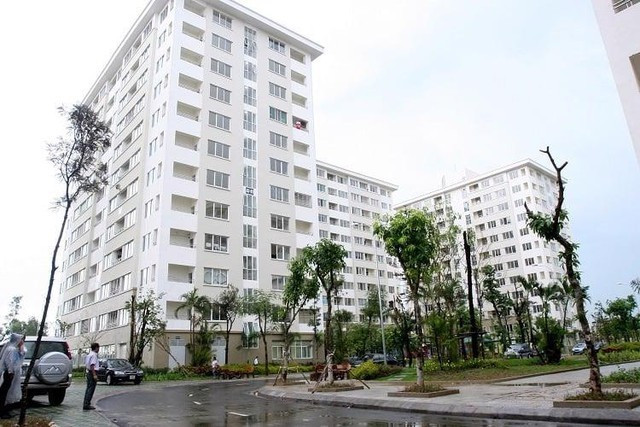 Environment
Environment
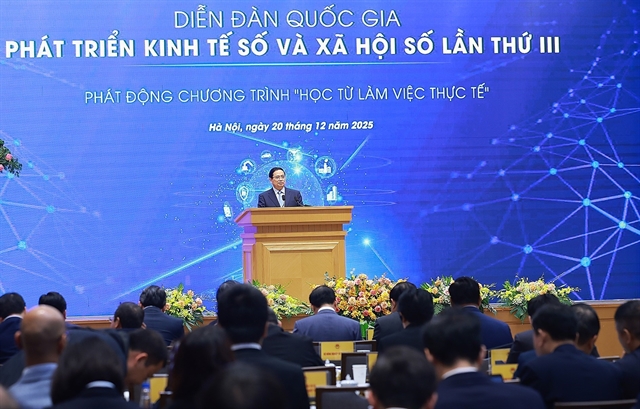
Once a hunter, he has laid down his rifle and become an active wildlife protector in Kim Bảng District in northern Hà Nam Province.
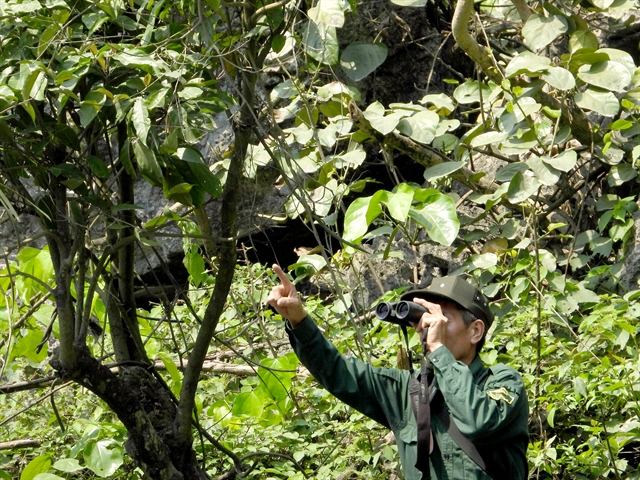
|
| Lê Văn Hiên uses camera to track the langurs in Kim Bảng Forest. — Photo courtesy of Uông Sĩ Hưng/FFI |
Nguyễn Chinh & Mai Hiên
HÀ NAM — Lê Văn Hiên never thought that he would give up hunting. But meeting a wildlife expert changed his life.
Once a hunter, he has laid down his rifle and become an active wildlife protector in Kim Bảng District in the northern province of Hà Nam.
In 1994, he accompanied expert Lê Văn Dũng to investigate the Delacour’s langur population in Kim Bảng forest. During the journey, they saw a group of langurs cling to their mother while the adult male taught them how to look for food.
Sixty-year-old Hiên still remembers what they talked about on that day.
“Langurs have the same love as humans. If one member of the family dies, the others will grieve and stop eating. If the mother langur dies, its baby will also die,” Dũng told him.
Dũng also said the Delacour’s langur was on the verge of extinction in the world and advised him to give up hunting.
Returning home, Hiên thought about the issue seriously. He told his wife about his intention and got her support even though the road ahead without hunting was daunting.
Born in a poor family, Hiên and his peers had long made a living by using the forest.
Hiên used to follow his parents to pick up bamboo shoots and cut down trees for coal.
“I started following a local hunter when I was 13 years old,” Hiên recalled.
Years later, he saved up to buy a gun and became a professional hunter.
Hunting was the most lucrative job compared to other manual work at that time, he said.
Selling a chamois would fetch hunters 500 kilos of rice while a monkey or langur would bring about 10 tonnes.
“There are days that I shot and trapped three chamois, weighing between 50 and 70kg each,” Hiên said.
Challenges
After putting down his gun, Hiên started working at stone quarries with a monthly salary of VNĐ4-5 million (US$130-173)
He was hit by rocks three times while drilling but was determined not to go back to hunting.
In 2017, Fauna and Flora International (FFI) in collaboration with the Hà Nam Department of Agriculture and Rural Development launched a project to preserve the Delacour's langur.
Upon hearing of the project, Hiên registered to join and was appointed as head of a community conservation team.
“It’s the way I pay back the forest. In the past, I was a poacher but now I am a forest guardian,” he said when asked about the reason behind his decision.
Lê Đắc Phúc, the project co-ordinator, said Hiên has worked as a guide for experts from FFI in their research on the Delacour’s langur since 2016.
“As he was once a hunter, Hiên has deep knowledge of fauna and flora in Kim Bảng forest. The information he provides is helpful to our researchers,” Phúc said.
Hiên said his daily job is to take photos of langurs to track their living conditions, remove traps laid by hunters, and notify rangers about wildlife law violations.
"If you don't have a passion for the job, you can't do it," he said.
Some team members quit the job after one or two months because they couldn't bear the hardship, he said.
They often had to stay up late at night and get up early in the morning, Hiên said, adding that each trip into the forest lasts for several days.
The low allowance for a member - VNĐ3 million ($130) a month - was also a problem.
However, their efforts have paid off. Kim Bảng forest is now home to more than 100 individuals of Delacour’s langur, ranking it second in the world, behind only Vân Long Natural Reserve in Ninh Binh Province.
"Hiên is very enthusiastic and responsible in his work. He has made a great contribution to the conservation of the langur in Hà Nam.
"Under his leadership, the hunting activities and catching of animals in the forest have decreased substantially,” Phúc said.
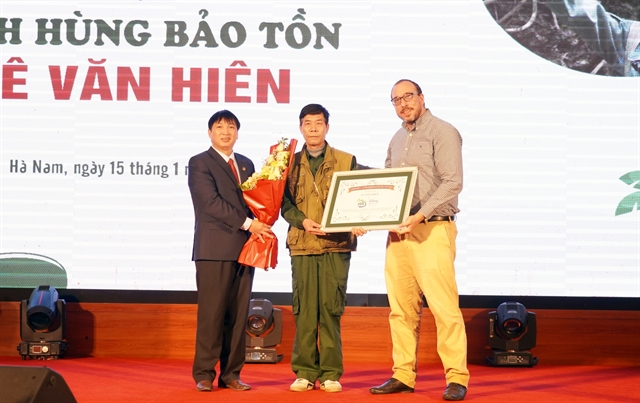
|
| Lê Văn Hiên (centre) receives a Disney Conservation Hero granted by the Disney Conservation Fund for his "dedication to conservation wildlife" in January this year. — VNA/VNS Photo Nguyễn Chinh |
In January this year, Hiên was named as a Disney Conservation Hero by the Disney Conservation Fund for his dedication to the conservation of wildlife and inspiring action to ensure wildlife and wild places around the world.
He was the second to receive the title in Việt Nam after forest ranger Hoàng Văn Tuệ was selected as Disney Conservation Hero 2017 by the Fund.
"Receiving the title of hero is an encouragement for me. Whether I received it or not, I would still guard the forest, remove animal traps, count and observe the Delacour’s langurs.
"I consider the forest as my second home, the Delacour’s langurs are my friends.
"At this age, I just want to see the green forest and hear the birds singing when opening my eyes every morning. That is my happiest moment!" he said.
Hiên said he hoped that not only in Hà Nam but also in other localities, people would help protect forests and wild animals, especially those that are endangered.
"I will work as long as my health is strong enough," he said adding that his biggest wish is for a conservation area for the Delacour’s langurs to be established in Hà Nam.
Hiên's dream will be realised soon because preparation for such a conservation area is underway by the provincial Department of Agriculture and Rural Development, Hà Nam Forest Protection Sub-department and FFI.
The Delacour’s langur is a primate indigenous to Việt Nam and is among the 25 most endangered species in the world.
Currently, the Delacour’s langur is found mainly in Vân Long Natural Reserve in Ninh Bình province, Kim Bảng forest in Hà Nam Province and Lạc Thủy forest in Hòa Bình Province.
According to Phúc, the preservation of the Delacour’s langur has great significance to the region and the country. It contributes to conservation efforts of biodiversity under the Convention on Biological Diversity and the Convention on International Trade in Endangered Species of Wild Fauna and Flora (CITES) of which Việt Nam is a member.
The establishment of a conservation area for Delacour’s langur would also help improve the natural environment, reducing the negative impacts of climate change and facilitate the development of ecotourism and sustainable agriculture. — VNS

